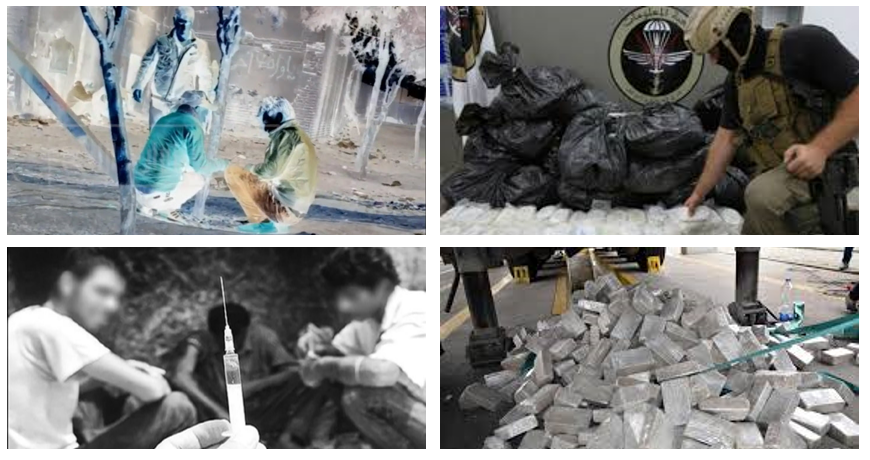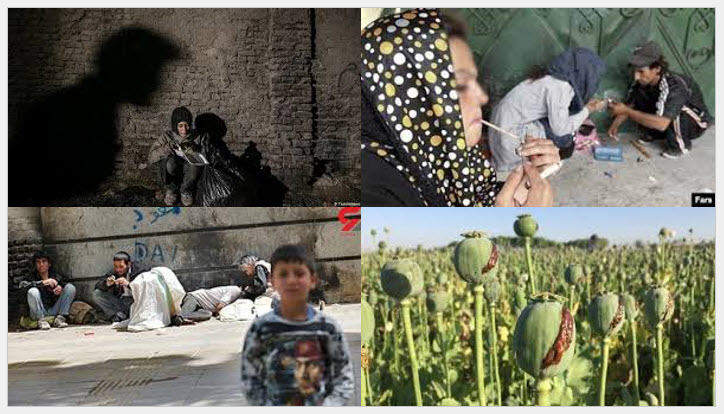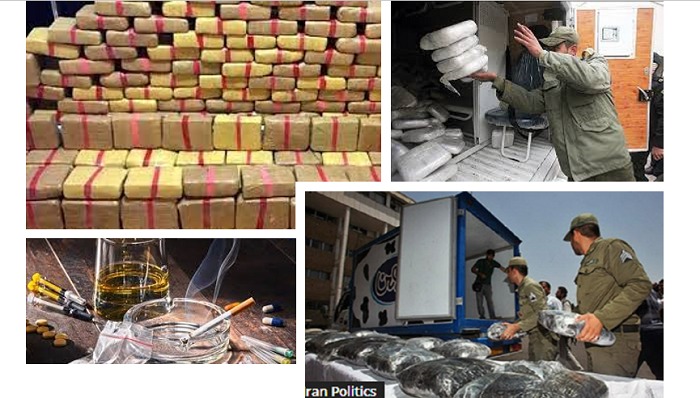
Viral videos have emerged, showing men and women openly using drugs in Tehran, underscoring the severity of the problem. Geography, global politics, and the Iranian regime’s mismanagement have contributed to what may be the highest rates of opioid addiction in the world.
In 2017, Iranian troops and border guards intercepted 630 tons of opium and 39 tons of heroin at the Afghanistan border, accounting for 25% of all heroin and an astonishing 90% of all opium seized worldwide that year. Iran consistently seizes more opioids than most other countries combined, with the UN reporting that Iranian police have seized $4 billion worth of opium-based drugs.
In 2015, execution rates for drug-related crimes peaked at 725, with 70% of Iran’s prisoners incarcerated for drug offenses. Minority groups, particularly the marginalized ethnic Baluch community, bear the brunt of these laws, with some Baluch villages reportedly having their entire male adult population executed on drug charges.

Despite the harsh penalties, addiction continues to grow, fueled by the regime’s crackdown on opposition, particularly among the youth. With up to 4 million regular drug users, Iran has the highest per capita rate of problematic drug use in the world, according to the UN. The cheap drugs flooding the country mainly originate from Afghanistan and are imported by the regime’s Revolutionary Guards (IRGC), dealers, and civil operatives.
Treatment programs suffer from underfunding, and some rehabilitation centers have been likened to torture chambers, with drug users brutally beaten and tortured as punishment for their addiction.

As the regime pushes users and dealers towards stronger and more dangerous drugs, there has been a shift from opium to heroin and a rise in crystal meth use and production. Corruption is rampant, especially within the IRGC, Iran’s elite military force with strong ties to drug dealing and smuggling.
In recent months, protests have erupted across Iran, despite the regime’s attempts to increase desperation and hopelessness among its citizens. As the opioid crisis worsens, Iran’s regime must confront its complicity in the epidemic and address the root causes of addiction in order to restore stability and hope to its people.

 MEK Iran (follow us on Twitter and Facebook), Maryam Rajavi’s on her site, Twitter & Facebook, NCRI (Twitter & Facebook), and People’s Mojahedin Organization of Iran – MEK IRAN – YouTu
MEK Iran (follow us on Twitter and Facebook), Maryam Rajavi’s on her site, Twitter & Facebook, NCRI (Twitter & Facebook), and People’s Mojahedin Organization of Iran – MEK IRAN – YouTu







